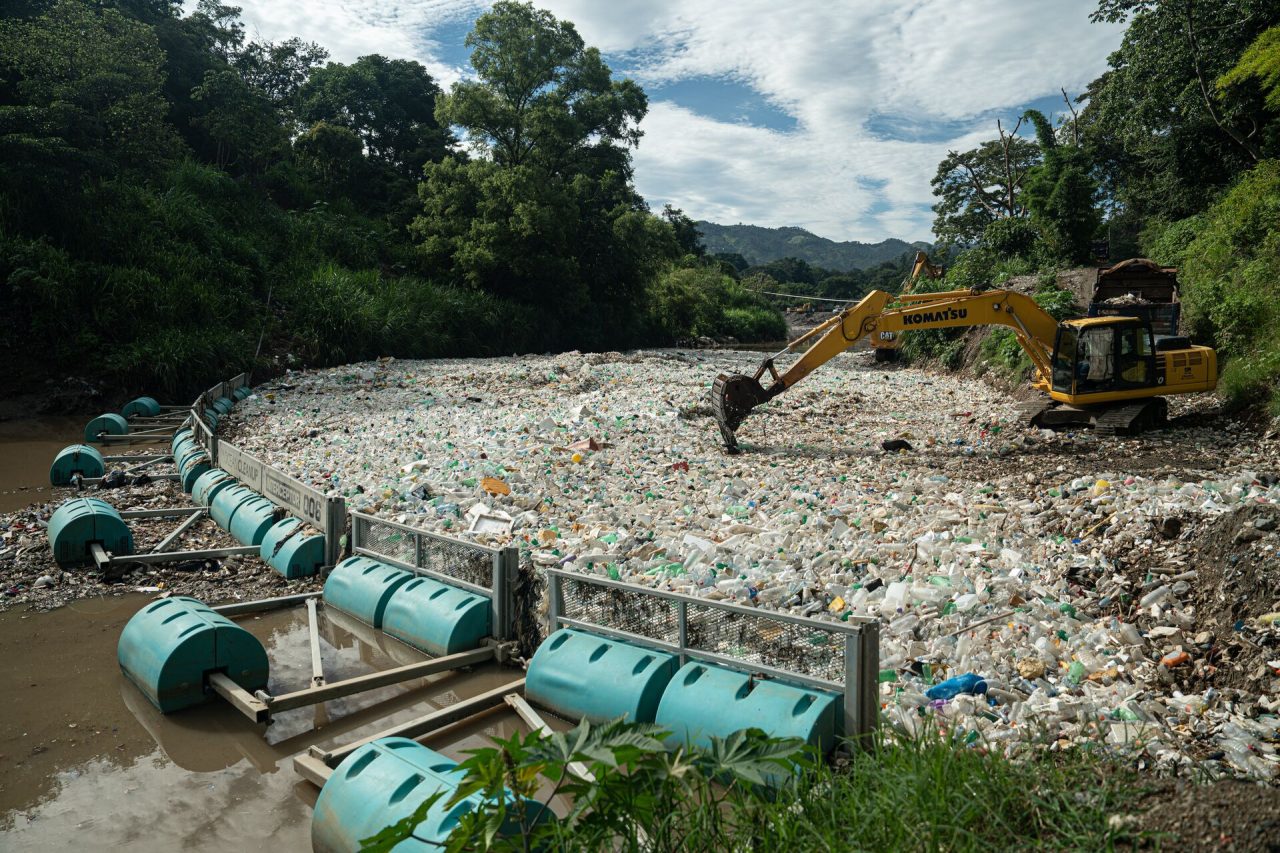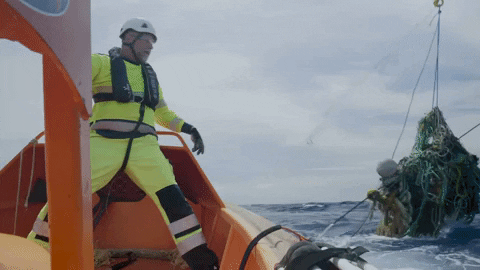Our cleanup efforts protect a wide range of marine, freshwater, and coastal species affected by plastic pollution, including:
- Large marine animals such as whales, dolphins, sea turtles and seabirds, which can ingest or become entangled in plastic debris, potentially impacting their normal functioning and health, and possibly leading to their death.
- Fish and shellfish, many of which ingest plastics (primarily microplastics) that can harm their health and disrupt food webs, including humans as consumers.
- Coastal and riverine species, particularly those in mangrove ecosystems, which support fish and shellfish populations, and other wildlife that are at risk due to plastic accumulation in the environment. Estuaries are also impacted, as plastic debris degrades water quality and potentially disrupts the life cycle of several species.
- Coral reefs, which can be smothered by plastic, blocking the sunlight needed by their symbiotic algae for photosynthesis, and possibly physically damaging corals and entangling marine life, impacting the reef’s ecosystem. Additionally, microplastics can adhere to or be ingested by corals, leading to physiological alterations. These processes can disrupt the health and biodiversity of these critical habitats.
- Seagrass meadows, essential for fish/shellfish nurseries, carbon sequestration and coastal stabilization, which are threatened by plastic pollution that suffocates the plants.
- Wetlands, which provide vital ecosystem services such as flood control and water filtration, but can be affected by plastic waste that alters soil properties and harms plants and animals.
- Coastal dunes, which serve as a barrier against coastal erosion/flooding and shelter wildlife, but are vulnerable to plastic pollution that can disrupt plant growth and animal habitats.
By removing plastic from oceans and rivers, we help reduce habitat destruction and impacts to wildlife and natural processes, allowing ecosystems to recover and thrive.

